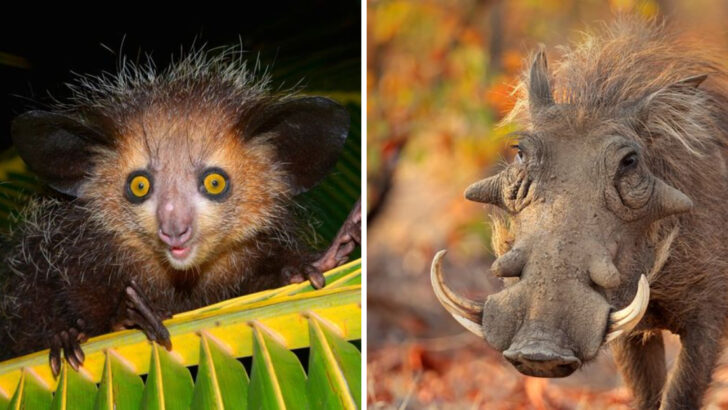Not every creature is born to be a supermodel. Some have faces only a mother could love—wrinkled, lumpy, or just downright bizarre. But does that make them any less deserving of admiration? Absolutely not.
These so-called “ugly” animals may not grace magazine covers, but they play just as important a role in the world as their prettier counterparts. Some are masters of survival, while others have personalities that make up for their unconventional looks.
We’ve been trained to adore the fluffy, the sleek, and the photogenic, but it’s time to give the underdogs of the animal kingdom their moment. Because beauty is overrated, and weird is wonderful.
So get ready to meet 28 animals that may not win a beauty contest—but will definitely win your heart.
Aye-aye
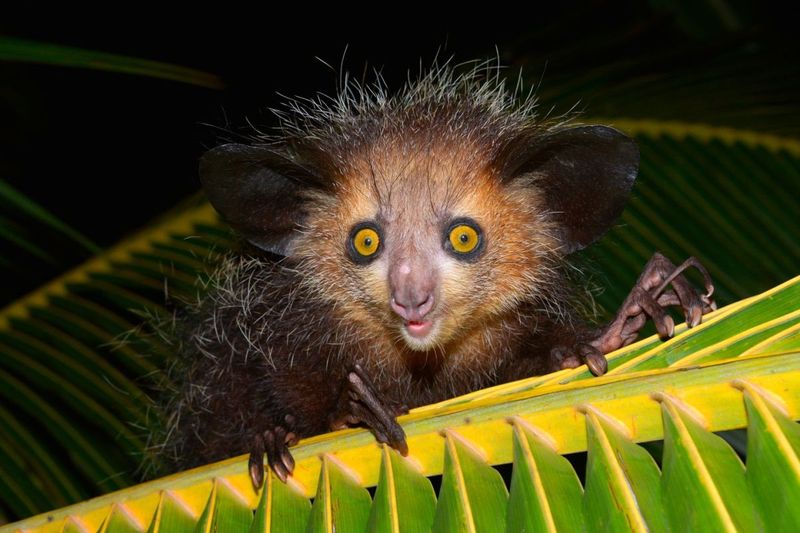
The aye-aye, native to Madagascar, is a nocturnal lemur with a distinctive appearance. Sporting large eyes and bat-like ears, it uses its elongated middle finger to tap on tree bark, listening for insect larvae hiding inside.
Despite its unusual looks, the aye-aye plays a crucial role in controlling insect populations, making it an essential part of its ecosystem. Often misunderstood due to cultural myths, these creatures face threats from deforestation and hunting.
By learning more about the aye-aye, we can foster a greater appreciation for its unique adaptations and vital ecological role.
Blobfish
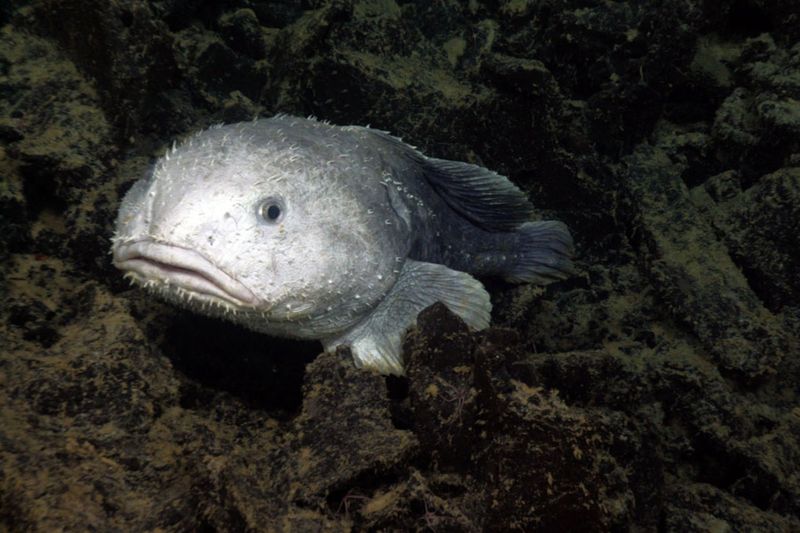
Known for its less-than-flattering appearance, the blobfish is a deep-sea dweller residing off the coasts of Australia and New Zealand. Its gelatinous body helps it survive the intense pressure of the ocean depths.
The blobfish’s droopy features result from being brought to the surface, where pressure differences accentuate its unusual shape. Despite its looks, the blobfish is a fascinating example of adaptation to extreme environments.
Understanding creatures like the blobfish reminds us that survival often requires unique solutions, offering insights into the diversity of life on our planet.
Naked Mole-Rat
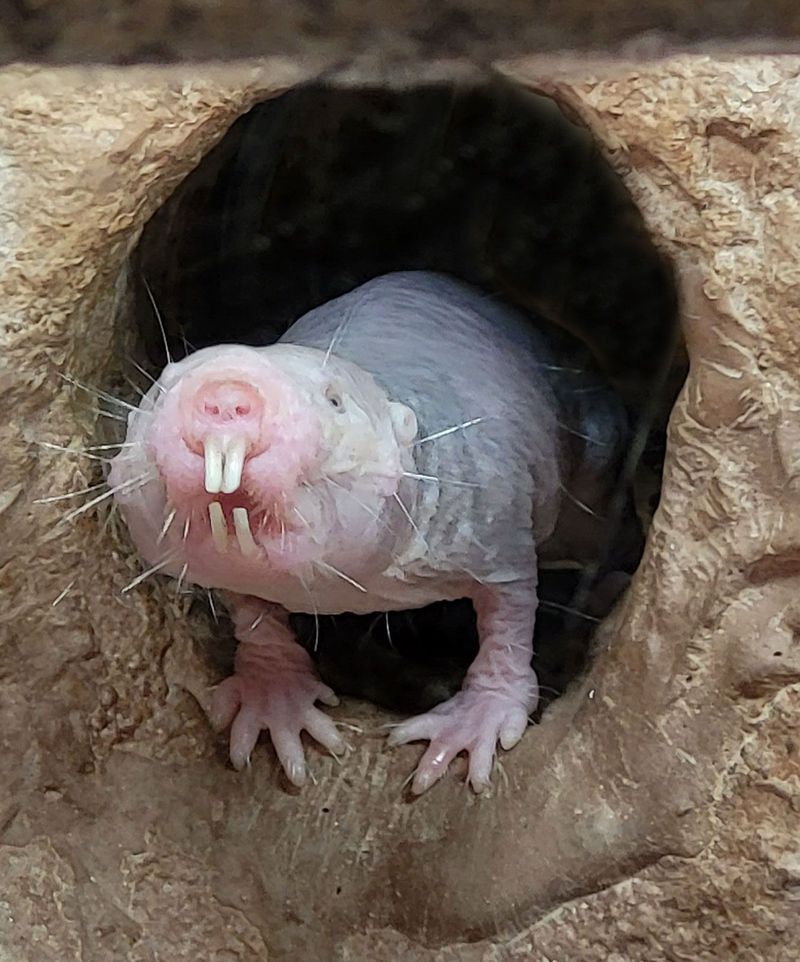
The naked mole-rat, native to East Africa, is a marvel of nature. With its hairless, wrinkled skin and buck teeth, it might not win any beauty contests, but its adaptations are extraordinary.
These rodents live in complex underground colonies, where they exhibit eusocial behavior similar to bees. Their resistance to cancer and ability to survive low oxygen environments make them subjects of scientific fascination.
While their appearance may be unusual, naked mole-rats offer valuable insights into social structures and longevity, proving that beauty is indeed only skin deep.
Star-Nosed Mole
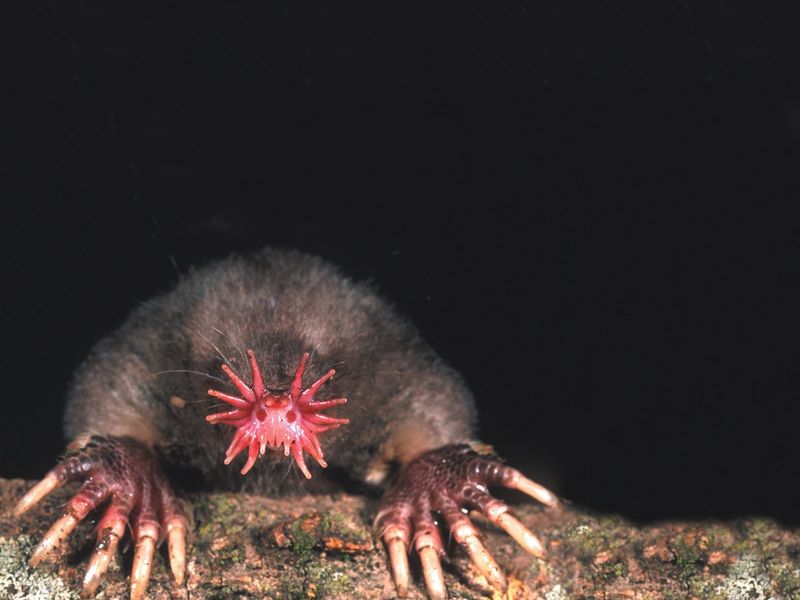
The star-nosed mole is easily identifiable by its unique nose, adorned with 22 fleshy appendages. Found in the wetlands of North America, this mole uses its nose as a highly sensitive touch organ.
Capable of detecting prey in a fraction of a second, the star-nosed mole is one of the fastest foragers on the planet. Its unusual appearance belies its efficiency and adaptability in its habitat.
As we learn about creatures like the star-nosed mole, we appreciate their specialized adaptations and the ecological niches they fill, despite their unconventional looks.
Proboscis Monkey
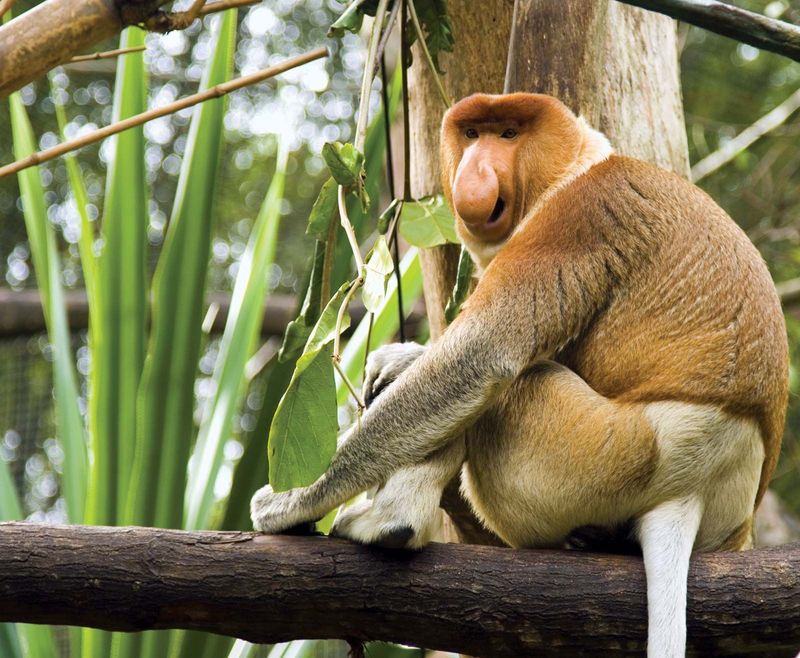
The proboscis monkey, native to Borneo, is unmistakable with its large, pendulous nose. Males boast prominent noses, which enhance vocalizations used to attract females and deter rivals.
Living in mangrove forests, these monkeys are excellent swimmers, often seen leaping into rivers. Their unique noses and potbellied appearance make them stand out in the animal kingdom.
Despite their comical appearance, proboscis monkeys are fascinating creatures that exhibit complex social behaviors, reminding us of the vast diversity and adaptability of primates.
Warthog
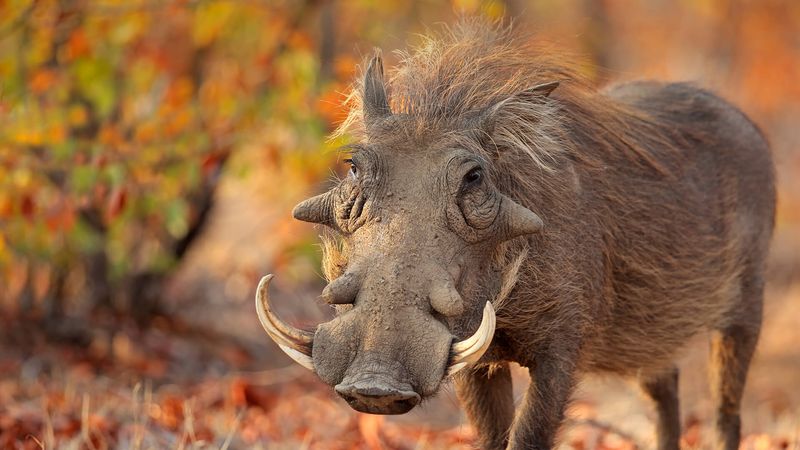
Warthogs, with their distinctive facial warts and tusks, roam the African savannahs. These wild pigs are well-suited to their environment, using their tough snouts to dig up roots and tubers.
Their warts might not be pretty, but they provide protection during fights with rivals. Warthogs are also known for their speed and agility, often running with their tails up like flags.
As unappealing as they may seem, warthogs play a vital ecological role, and their resilience and resourcefulness offer lessons in adaptation and survival.
Bald Uakari
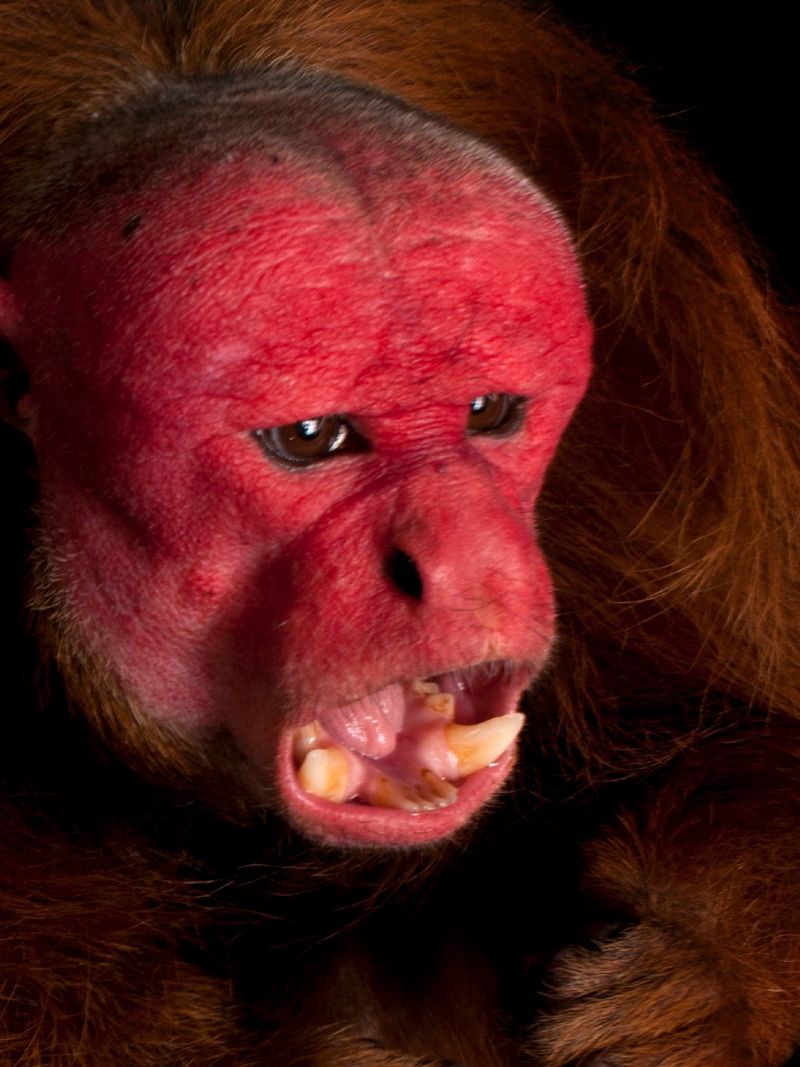
The bald uakari, with its striking red face and bald head, is a primate native to the Amazon rainforest. Its vivid facial coloration is a sign of health, used to attract mates and deter rivals.
Despite its unusual appearance, the bald uakari is a vital part of its ecosystem, aiding in seed dispersal and maintaining forest diversity. Unfortunately, habitat loss and hunting threaten its survival.
By understanding the role of animals like the bald uakari, we highlight the importance of biodiversity and the need to protect these remarkable creatures.
Horseshoe Bat
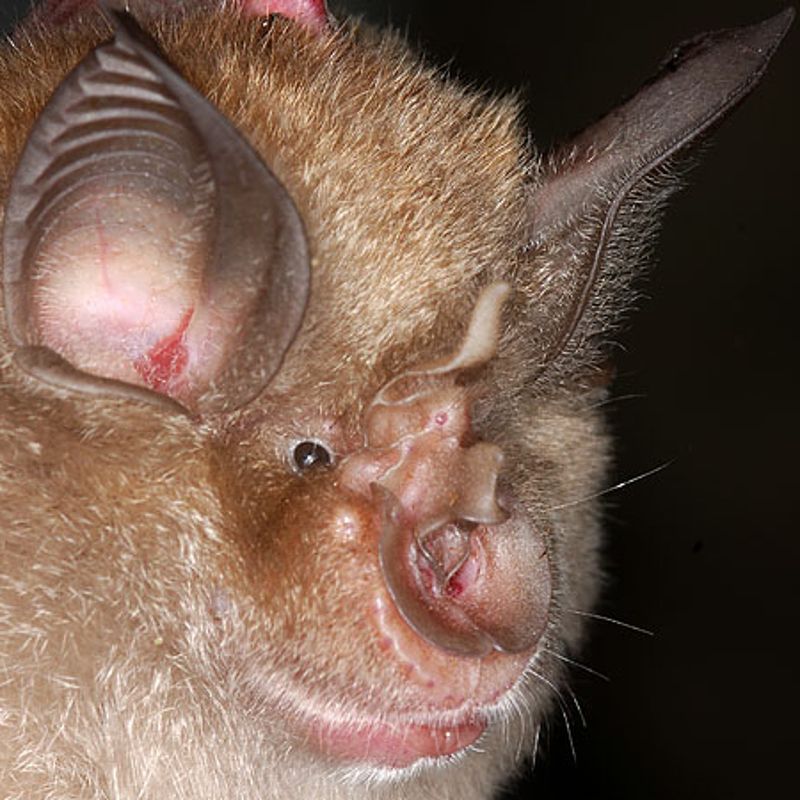
With its distinctive horseshoe-shaped noseleaf, the horseshoe bat is a remarkable navigator of the night. Found across Asia, Africa, and Europe, this bat uses echolocation to hunt insects with precision.
The unique nose structure aids in directing sound waves, making the horseshoe bat an expert in acoustic hunting. This remarkable adaptation is a testament to the evolutionary ingenuity of the animal kingdom.
While not conventionally handsome, horseshoe bats play a crucial role in controlling insect populations and maintaining ecological balance, showcasing the intricate web of life.
Anglerfish
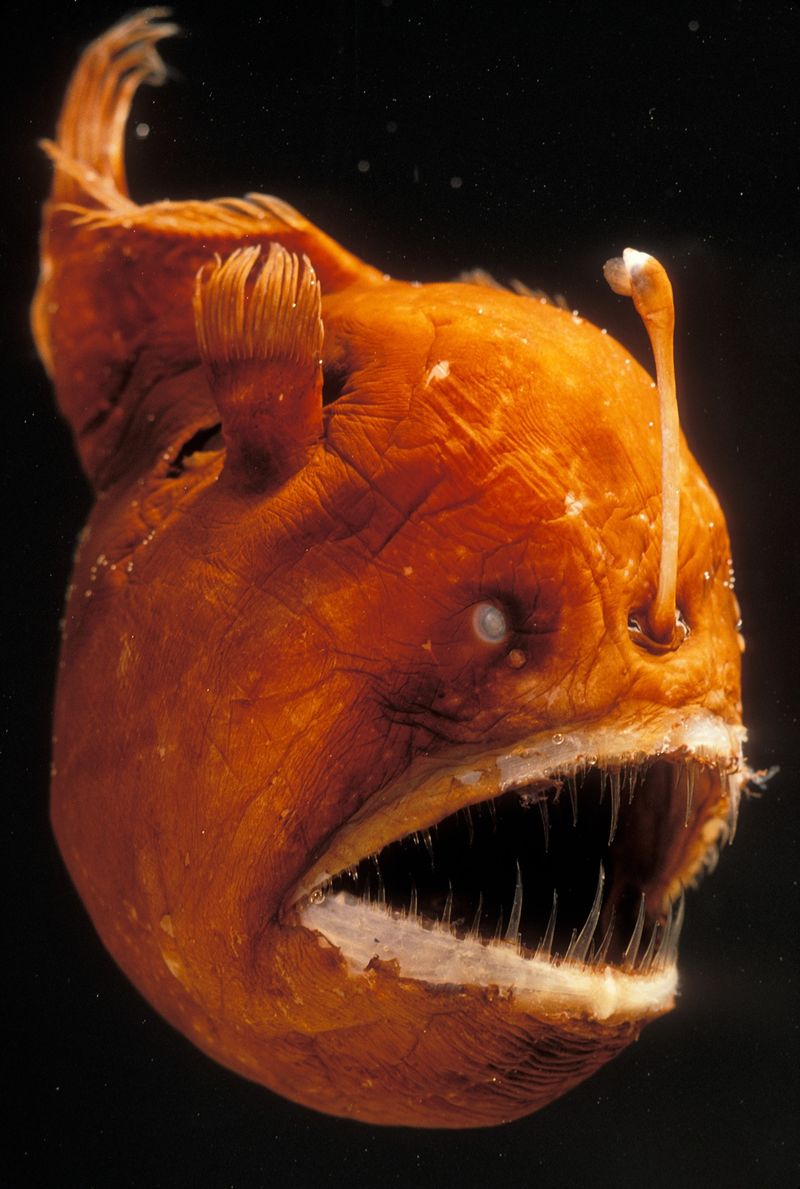
Dwelling in the ocean’s abyss, the anglerfish is famous for its bioluminescent lure, which dangles from its head to attract prey. This adaptation is crucial in the lightless depths where it resides.
The anglerfish’s fearsome appearance, with its sharp teeth and large mouth, belies its effectiveness as a predator in its harsh environment. Its unique reproductive strategy involves parasitic males fusing to females.
Despite its menacing looks, the anglerfish is a marvel of evolutionary adaptation, reminding us of the diversity and creativity of life in the deep sea.
Vampire Bat
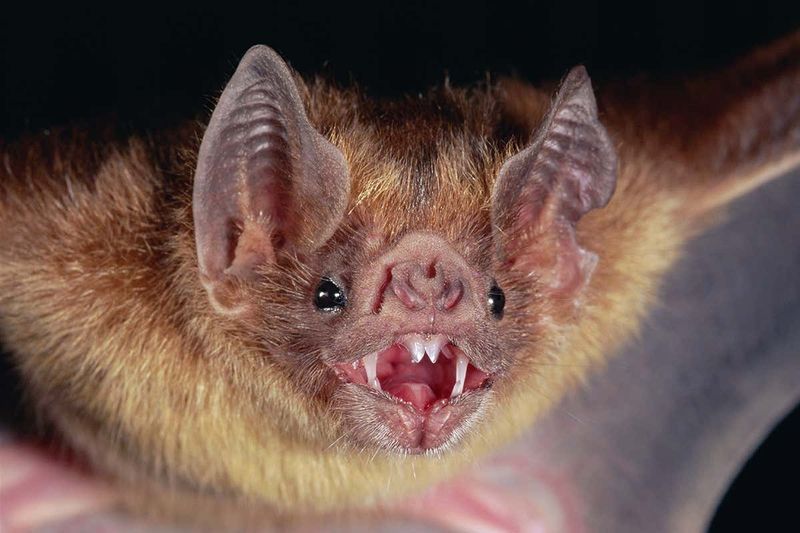
The vampire bat, often misunderstood due to its blood-drinking habits, is a fascinating creature. Found in the Americas, these bats play a unique role in their ecosystems.
Equipped with heat sensors and anticoagulant saliva, vampire bats can feed without harming their hosts. Their social behavior includes sharing food with less successful hunters, displaying unexpected empathy.
Though their lifestyle seems unsettling, vampire bats are vital for their ecological roles, including controlling pest populations. Their story challenges our perceptions of beauty and significance in the animal world.
Sphynx Cat
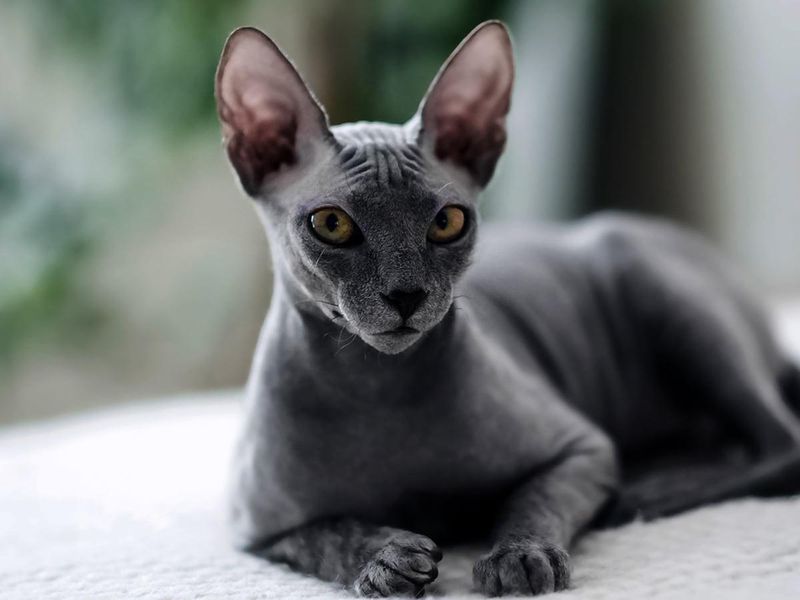
The Sphynx cat, with its hairless body and large ears, is a unique breed in the feline world. Originally from Canada, these cats are known for their affectionate and playful nature.
Despite their lack of fur, Sphynx cats require regular grooming to remove oils from their skin. Their distinctive appearance often sparks curiosity and debate about beauty standards in pets.
Loved for their sociable personalities, Sphynx cats remind us that beauty comes in many forms. Their unique charm lies in their vibrant personalities and the joy they bring to their owners.
Monkfish
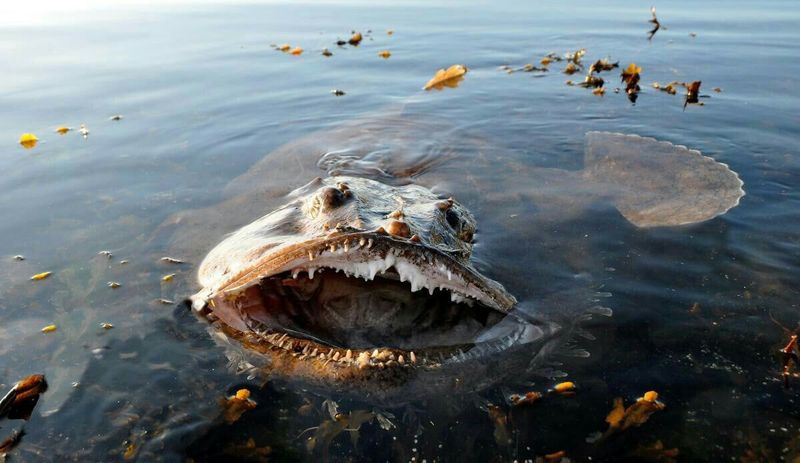
Monkfish, often dubbed the “sea devil” due to their appearance, are bottom-dwelling fish with a large, flat head and wide mouth. Found in the North Atlantic, they use their appearance to ambush prey.
Despite their looks, monkfish are a culinary delicacy, valued for their firm, white flesh. This paradox highlights how appearances can be misleading, especially in the culinary world.
Their role in the ocean’s ecosystem as both predator and prey emphasizes the interconnectedness of marine life, showing us that every creature has its place, no matter how peculiar its appearance.
Hairless Chinese Crested Dog

The Chinese Crested dog is instantly recognizable by its hairless body and tufts of hair on its head, feet, and tail. This breed, known for its affectionate and playful nature, defies conventional beauty standards.
Despite their unusual appearance, these dogs are beloved companions, often excelling in dog sports and as therapy animals. Their unique look requires special skincare to prevent dryness and sunburn.
Chinese Crested dogs remind us that true beauty lies in personality and companionship, offering love and joy to those who appreciate their distinctive charm.
California Condor
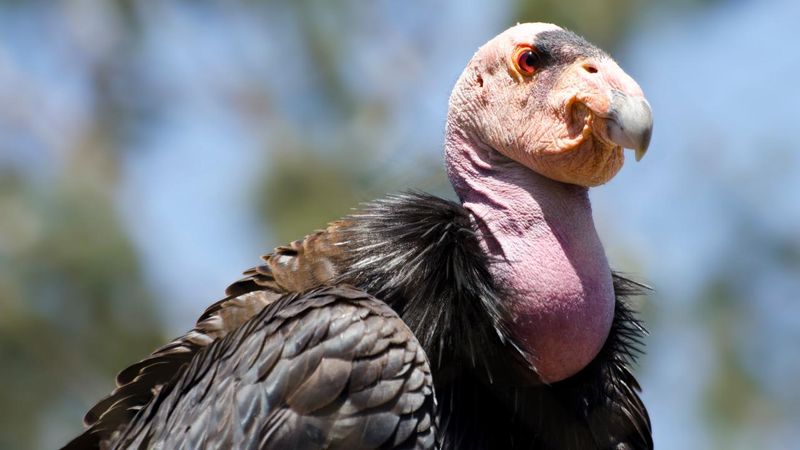
The California condor, with its impressive wingspan and bald head, is North America’s largest flying bird. Once on the brink of extinction, conservation efforts have helped their numbers recover.
Despite their unappealing appearance, condors play a vital ecological role as scavengers, cleaning up carcasses and preventing disease spread. Their survival story is a testament to successful conservation partnerships.
Celebrating the California condor’s recovery reminds us of the value of every species, regardless of looks, in maintaining the balance and health of our environment.
Matamata Turtle
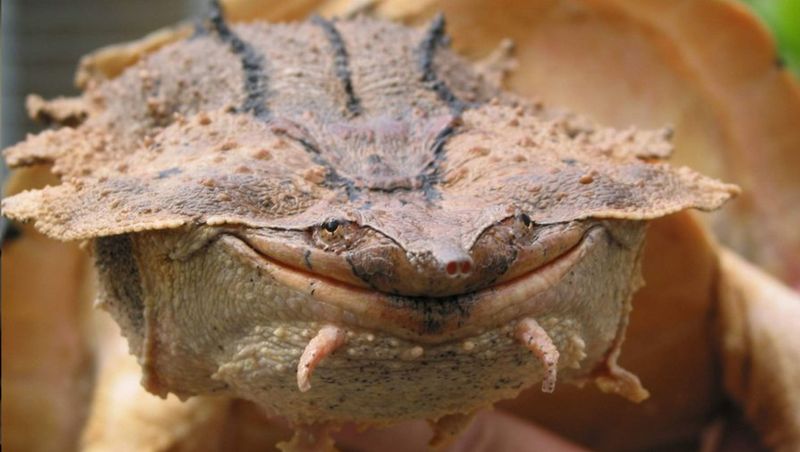
The matamata turtle, found in the slow-moving rivers of South America, boasts one of nature’s most camouflaged appearances. With a knobby shell and a leaf-like head, it blends seamlessly into its environment.
This turtle’s unique looks aid in its ambush hunting strategy. By remaining motionless and blending in, it can surprise prey with ease, showcasing the power of adaptation.
Although it might not be conventionally beautiful, the matamata turtle plays a crucial role in its ecosystem, supporting biodiversity and teaching us about nature’s ingenious designs.
Tarsier
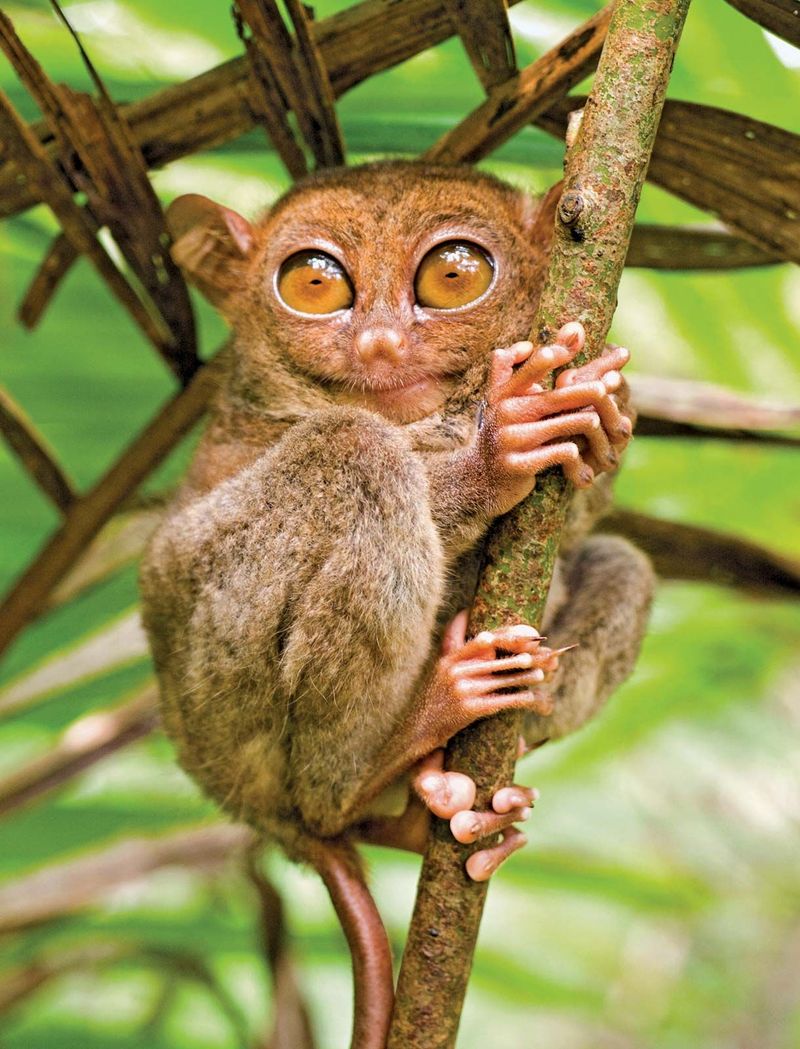
Tarsiers are small primates native to Southeast Asia, known for their enormous eyes, which are adapted for nocturnal vision. Their ability to leap from tree to tree makes them agile hunters of insects.
While their appearance might be startling, tarsiers are a vital part of their ecosystem, controlling insect populations and maintaining forest health. Their unique adaptations are a result of millions of years of evolution.
Tarsiers remind us of the wonder of biodiversity and the intricate connections that sustain life, even in the darkest corners of the jungle.
Shoebill Stork
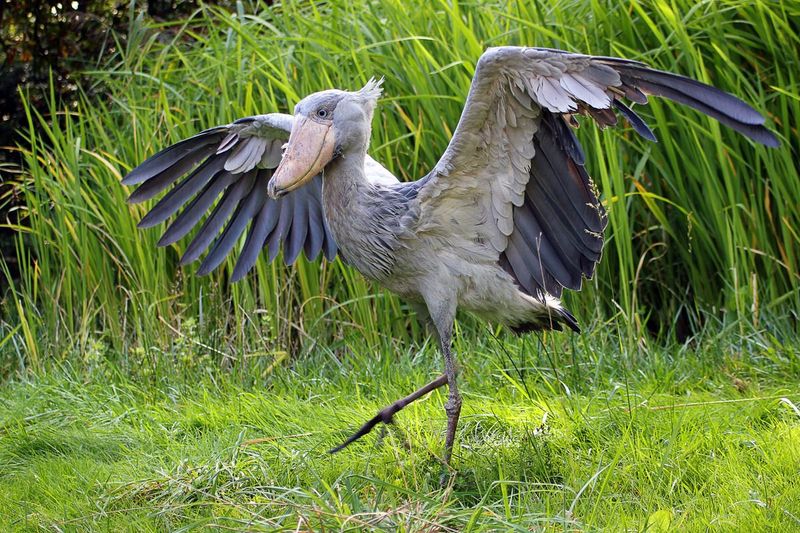
The shoebill stork, an imposing bird with an oversized bill, is found in the swamps of East Africa. Its large, shoe-shaped bill is an effective tool for catching prey such as fish and small reptiles.
Despite their formidable appearance, shoebills are patient hunters, standing still for hours, waiting for the perfect moment to strike. Their unique look has made them a subject of intrigue and fascination.
In appreciating the shoebill, we learn about patience and precision in nature, recognizing the beauty in adaptation and the diversity of avian life.
Baird’s Tapir
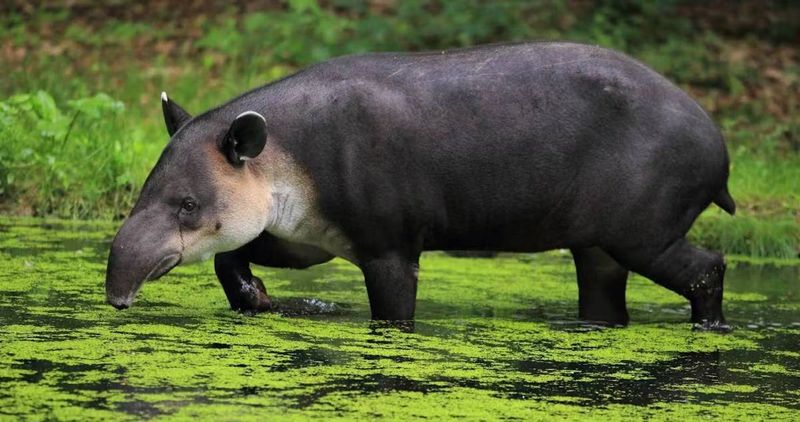
Baird’s tapir, with its distinctive trunk-like nose, roams the forests of Central America. Often referred to as a “living fossil,” this ancient mammal has remained unchanged for millions of years.
Despite their odd appearance, tapirs are essential for seed dispersal, helping maintain forest diversity and health. Their conservation status is threatened due to habitat loss and hunting.
By protecting creatures like Baird’s tapir, we preserve a piece of evolutionary history, underscoring the importance of every species in the tapestry of life.
Fangtooth Fish
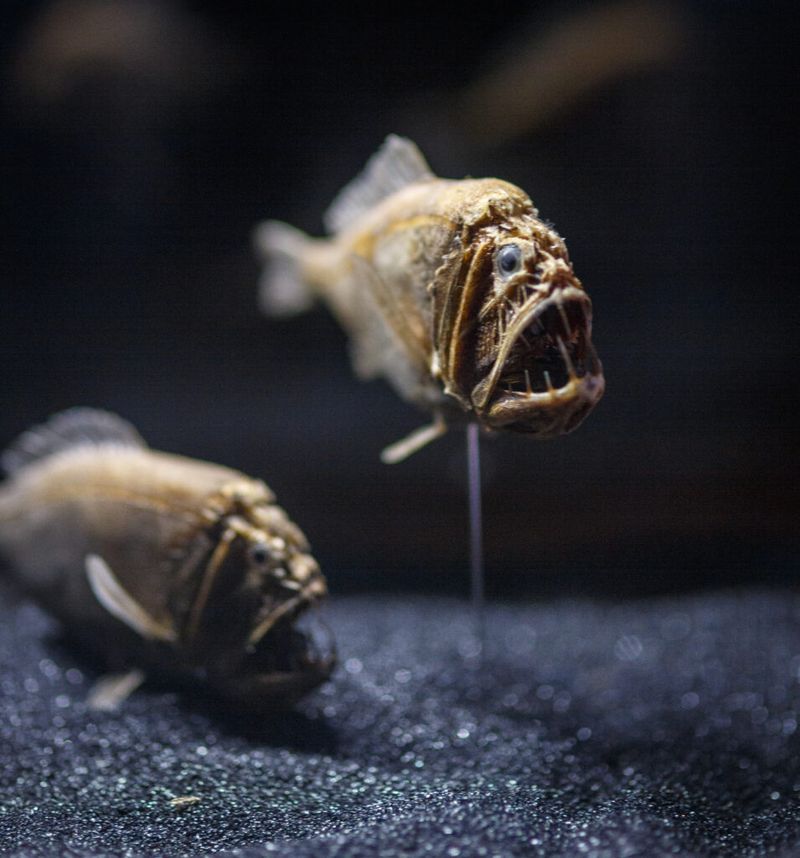
The fangtooth fish, with its menacing appearance and large teeth, thrives in the deep ocean’s harsh conditions. Despite its fierce look, it poses no threat to humans and is adapted to life in extreme environments.
Its oversized teeth and dark scales are perfect for its predatory lifestyle, allowing it to capture prey in the pitch-black depths. The fangtooth is a reminder of life’s adaptability and resilience.
Studying such creatures highlights the incredible range of adaptations found in nature, encouraging us to respect all forms of life, regardless of appearance.
Axolotl
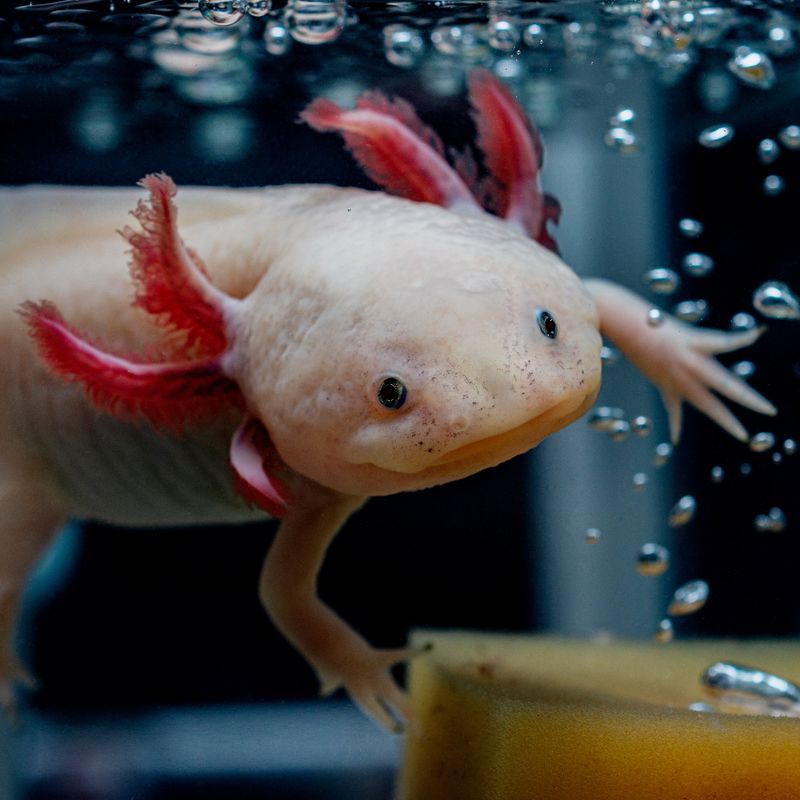
The axolotl, a type of salamander, is renowned for its regenerative abilities, capable of regrowing limbs and even parts of its brain. Native to Mexico, it features feathery gills and a perpetual smile.
Despite its charming appearance, axolotls face threats from habitat loss and pollution. Their unique biology makes them a subject of scientific research, offering insights into regeneration and development.
The axolotl embodies the wonder of nature’s capabilities, reminding us of the importance of conservation and the potential for learning from the world’s most unique creatures.
Pangolin
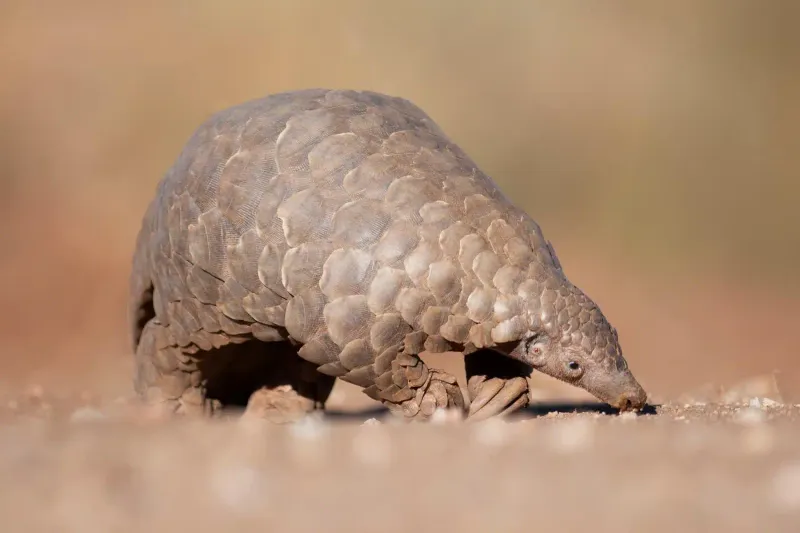
Pangolins, often likened to “walking pinecones,” are unique mammals covered in protective scales. Found in Africa and Asia, these creatures are shy and solitary, using their scales for defense.
Under threat from poaching and illegal wildlife trade, pangolins are the world’s most trafficked mammals. Their diet consists mainly of ants and termites, making them vital for pest control.
By raising awareness and protecting pangolins, we help preserve an essential part of the ecosystem and fight against the illegal wildlife trade that threatens their survival.
Elephant Seal
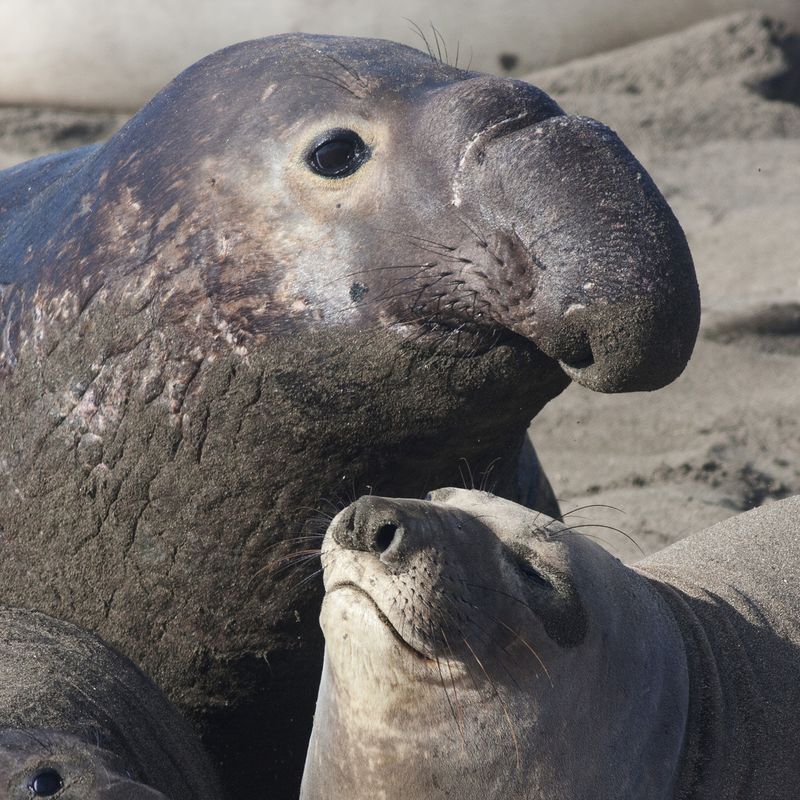
Elephant seals, named for their trunk-like noses, are massive marine mammals found in Antarctica. Males use their noses to produce loud roars, competing for mates during the breeding season.
Despite their ungainly appearance, elephant seals are agile swimmers, diving deep to hunt for squid and fish. Their large size and unique adaptations make them fascinating subjects of study.
These seals exemplify the diversity of life in marine environments and the adaptations necessary for survival in extreme cold, reminding us of the beauty in nature’s variety.
Marabou Stork
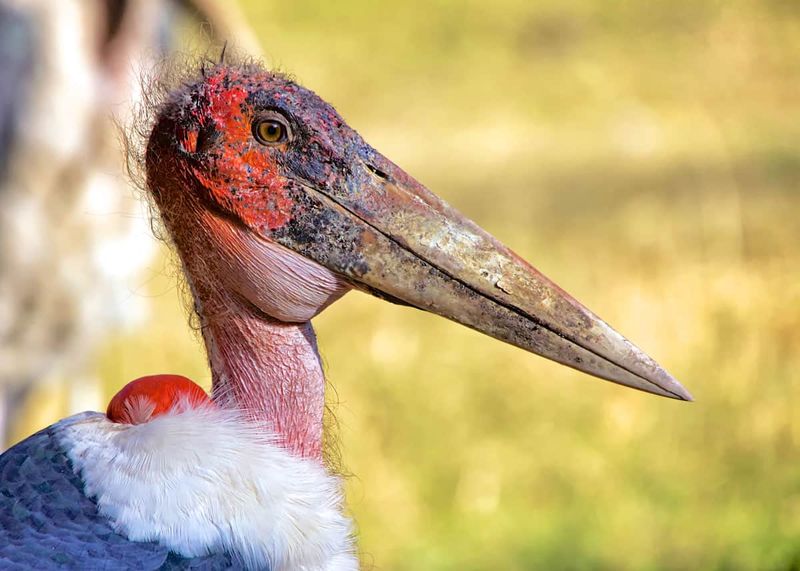
The marabou stork, with its bald head and large bill, is a scavenger found in sub-Saharan Africa. Known as the “undertaker bird,” it plays a crucial role in the ecosystem by cleaning up carcasses.
While its appearance might be off-putting, the marabou stork is an efficient cleaner, preventing the spread of disease. Its presence indicates a healthy environment with balanced ecological processes.
Appreciating creatures like the marabou stork teaches us the importance of every species in maintaining ecological health, regardless of their perceived beauty.
Komodo Dragon
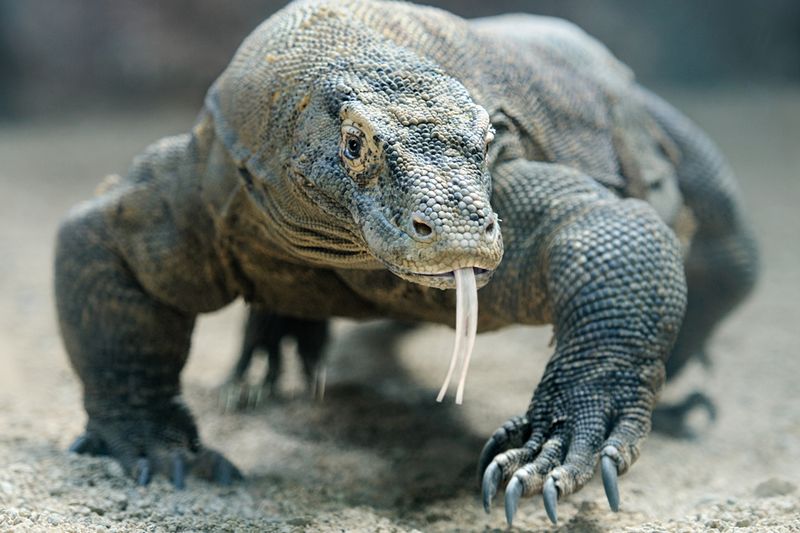
The Komodo dragon, a formidable reptile, is the world’s largest living lizard. Found on Indonesian islands, it boasts a powerful build and a fearsome reputation.
Despite its intimidating appearance, the Komodo dragon plays a crucial role in its ecosystem as a top predator, regulating prey populations. This ancient species offers insights into evolution and adaptation.
Understanding and conserving the Komodo dragon highlights the delicate balance of ecosystems and the need to protect these remarkable creatures from threats like habitat loss and poaching.
Tasmanian Devil
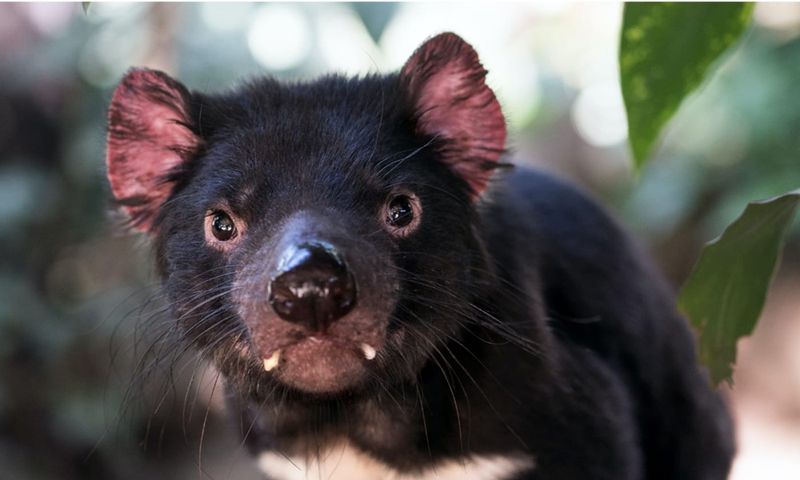
The Tasmanian devil, known for its fierce growl and strong jaws, is a carnivorous marsupial native to Tasmania. Despite its reputation, it is an important scavenger, helping maintain the ecosystem.
Threatened by a contagious cancer, conservation efforts are underway to protect this unique species. Their role in the food chain is vital, as they help control populations of other animals.
The Tasmanian devil’s story is a reminder of the challenges faced by wildlife and the importance of conservation in preserving the natural world.
Wolverine
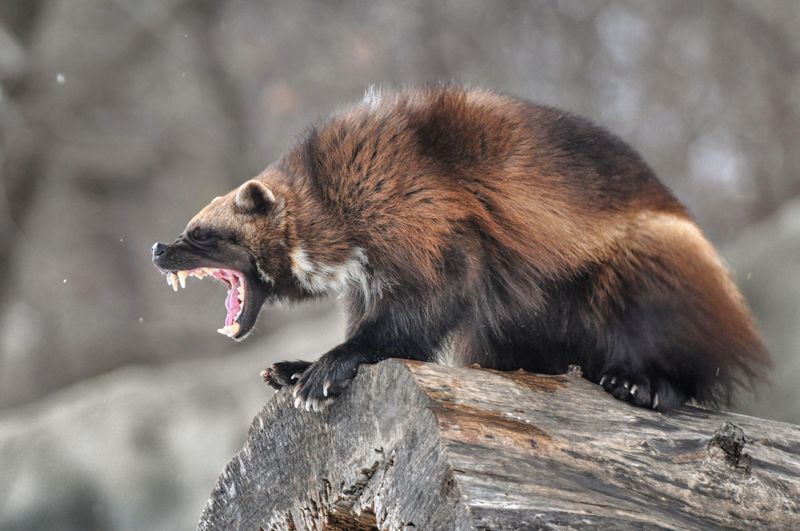
The wolverine, with its muscular build and fierce reputation, is a solitary hunter found in northern forests. Despite its small size, it is known for taking on prey much larger than itself.
With a thick fur coat and powerful claws, wolverines are well adapted to cold environments. Their elusive nature and strength make them a symbol of wilderness and resilience.
As we explore the lives of creatures like the wolverine, we gain insight into the adaptability and strength required to survive in harsh conditions, appreciating the diversity of life on Earth.
Yeti Crab
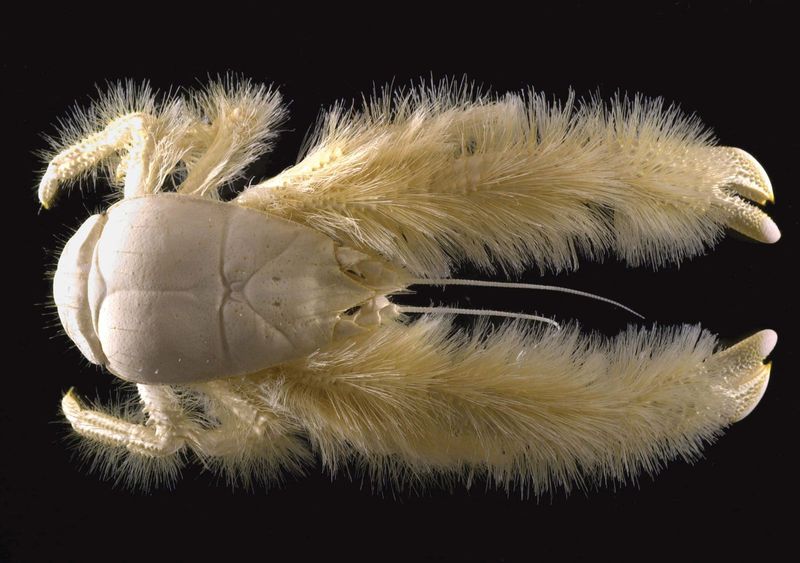
The yeti crab, with its hairy pincers, is a unique inhabitant of the deep sea, discovered near hydrothermal vents. Its white, bristly appearance stands out in the darkness of the ocean depths.
These crabs farm bacteria on their pincers, which they eat, showcasing an extraordinary adaptation to their extreme environment. The yeti crab’s discovery expands our understanding of life in the ocean.
By studying such unusual creatures, we learn about the ingenuity of life in adapting to various ecological niches, celebrating the diversity and wonder of nature.
Leaf-nosed Bat
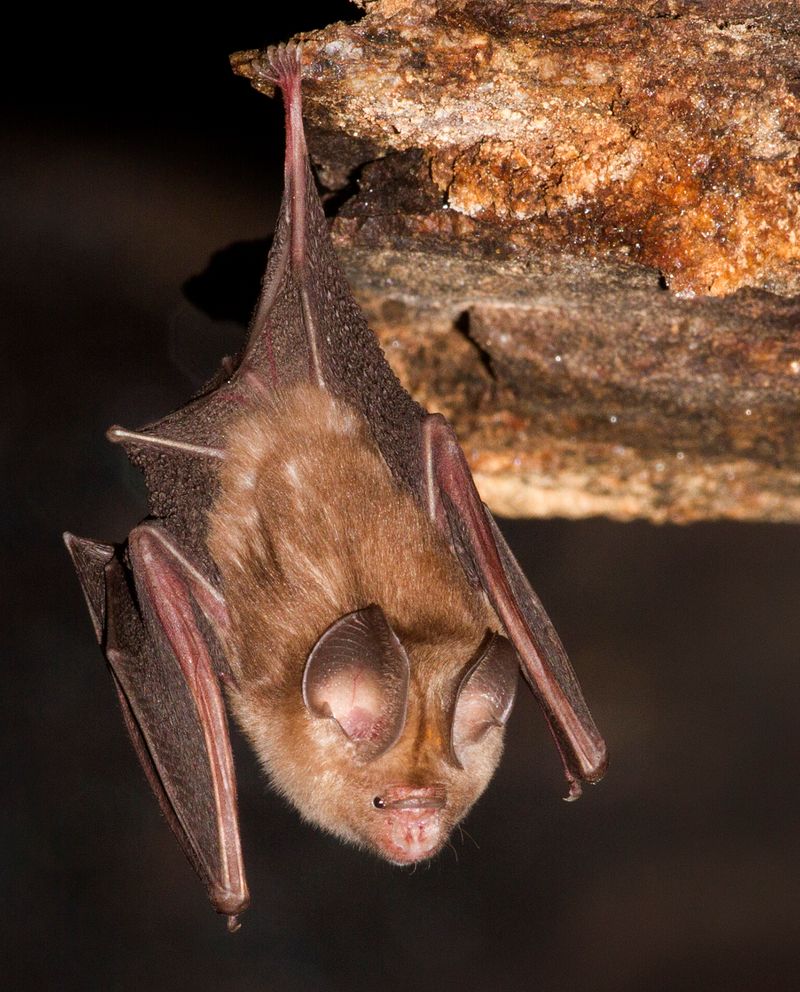
Leaf-nosed Bat
The leaf-nosed bat, with its peculiar nose, might not win any beauty awards, but it excels in its natural environment. The nose structure aids in echolocation, allowing it to navigate and hunt in total darkness. This unique adaptation highlights its evolutionary success.
While hanging in tropical jungles, these bats play a crucial role in insect population control. Their nocturnal lifestyle means we rarely appreciate their contributions. Despite their odd looks, leaf-nosed bats are an integral part of the ecosystem.
So, next time you see a bat, consider its vital role rather than its unconventional appearance.

